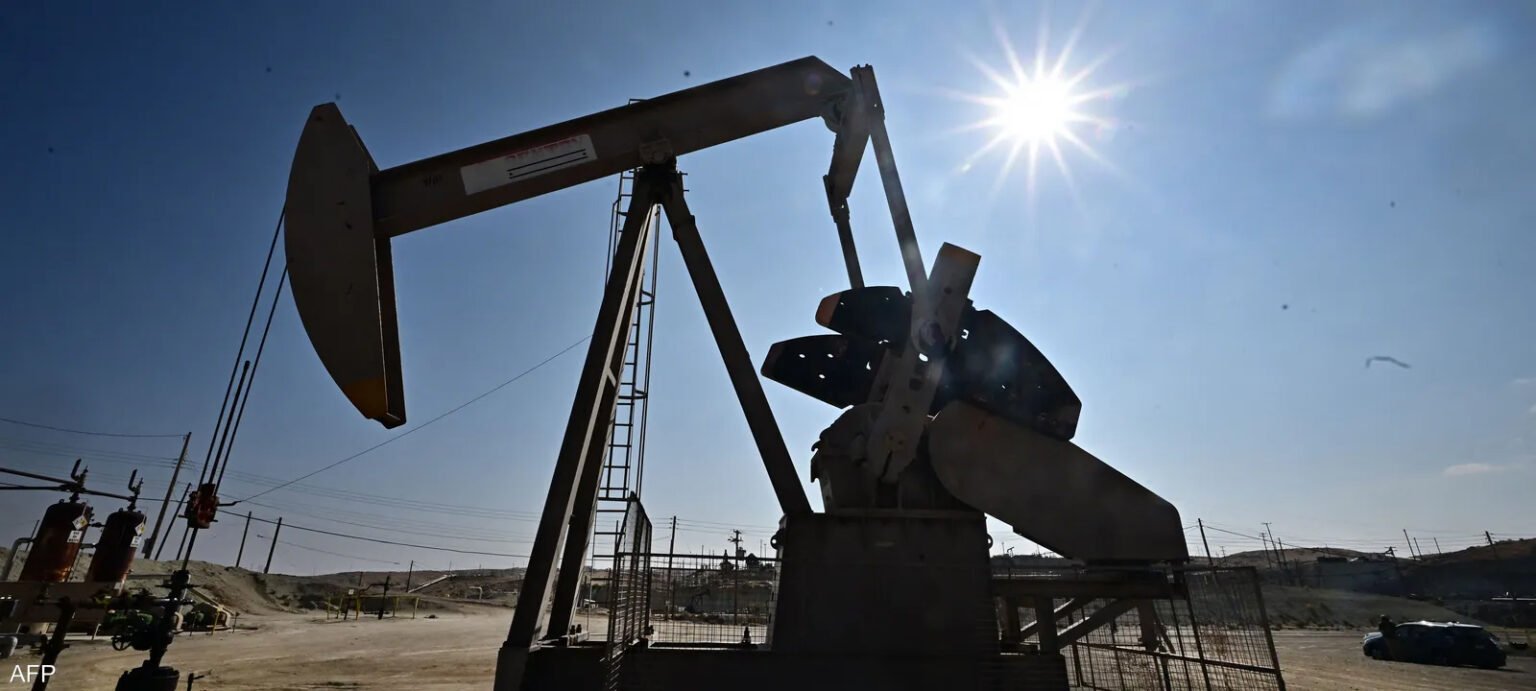Oil prices dropped on Monday, continuing their downward trend for the third consecutive month. This decline comes as the market reacts to expectations of increased supply and uncertainties around global demand, outweighing concerns that escalating Israeli strikes in Lebanon and Yemen could intensify the conflict in the Middle East.
As of 11:40 GMT, Brent crude futures for November delivery, expiring today, fell by 66 cents or 0.9% to $71.32 per barrel. The more actively traded December contract dropped 41 cents or 0.6% to $71.13 per barrel.
Similarly, West Texas Intermediate (WTI) crude futures declined by 51 cents or 0.8% to $67.67 per barrel, despite both benchmarks having risen more than a dollar earlier in the session.
Monthly Decline in Oil Prices
Brent is on track for a more than 9% monthly loss, marking its biggest drop since November 2022, while WTI is set to decline by about 8% since the end of August.
While the Middle East conflict, particularly involving Iran, a major oil producer and OPEC member, provided some support to prices on Monday, the broader market outlook remains bearish. Israel has intensified its attacks, targeting leaders of Hezbollah in Lebanon and Hamas, as well as hitting Houthi positions in Yemen.
Supply and Demand Factors
Oil prices also faced downward pressure due to expectations that 500,000 barrels of Libyan crude exports could resume following the resolution of a central bank dispute in Libya. Additionally, there are reports that Saudi Arabia may abandon its $100-per-barrel oil price target as OPEC+ begins to unwind its voluntary supply cuts starting in December.
Adding to the mixed signals, China announced new financial stimulus measures last week, but traders remain skeptical that these will sufficiently boost demand from the world’s second-largest oil consumer, which has underperformed in 2023.
Later today, markets will be closely watching comments from Federal Reserve Chairman Jerome Powell for hints on the pace of future monetary easing, which could further impact global oil demand.



